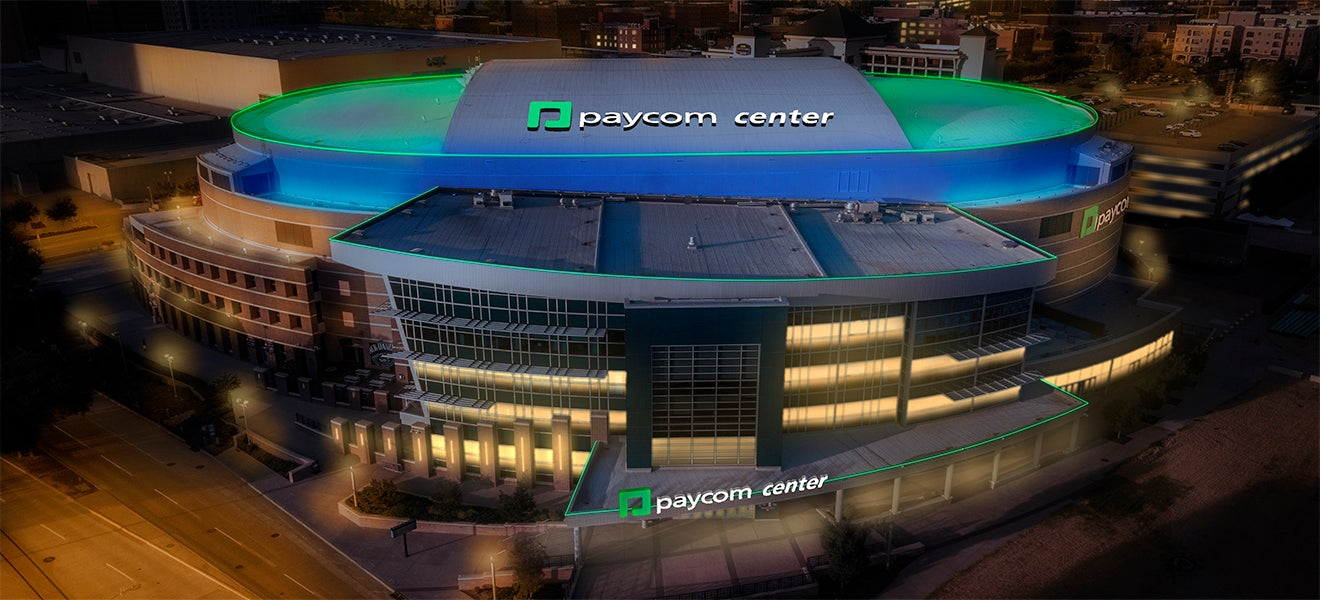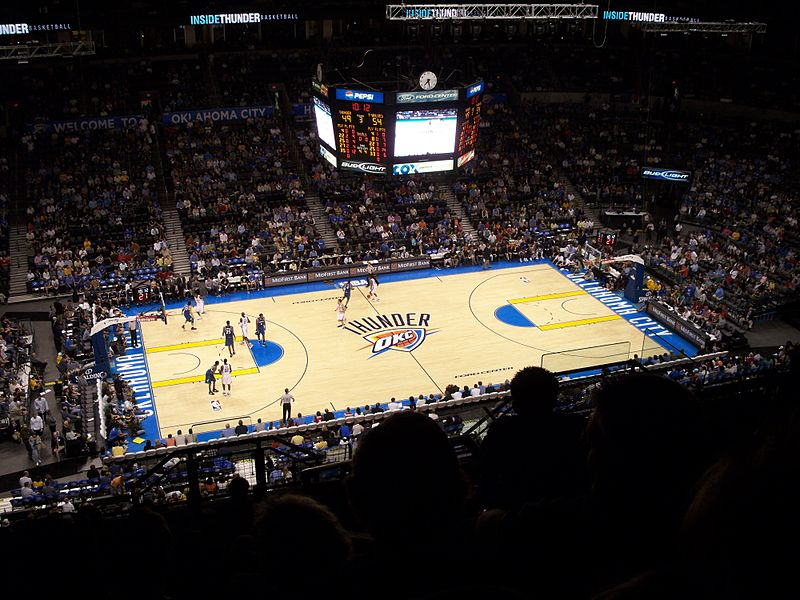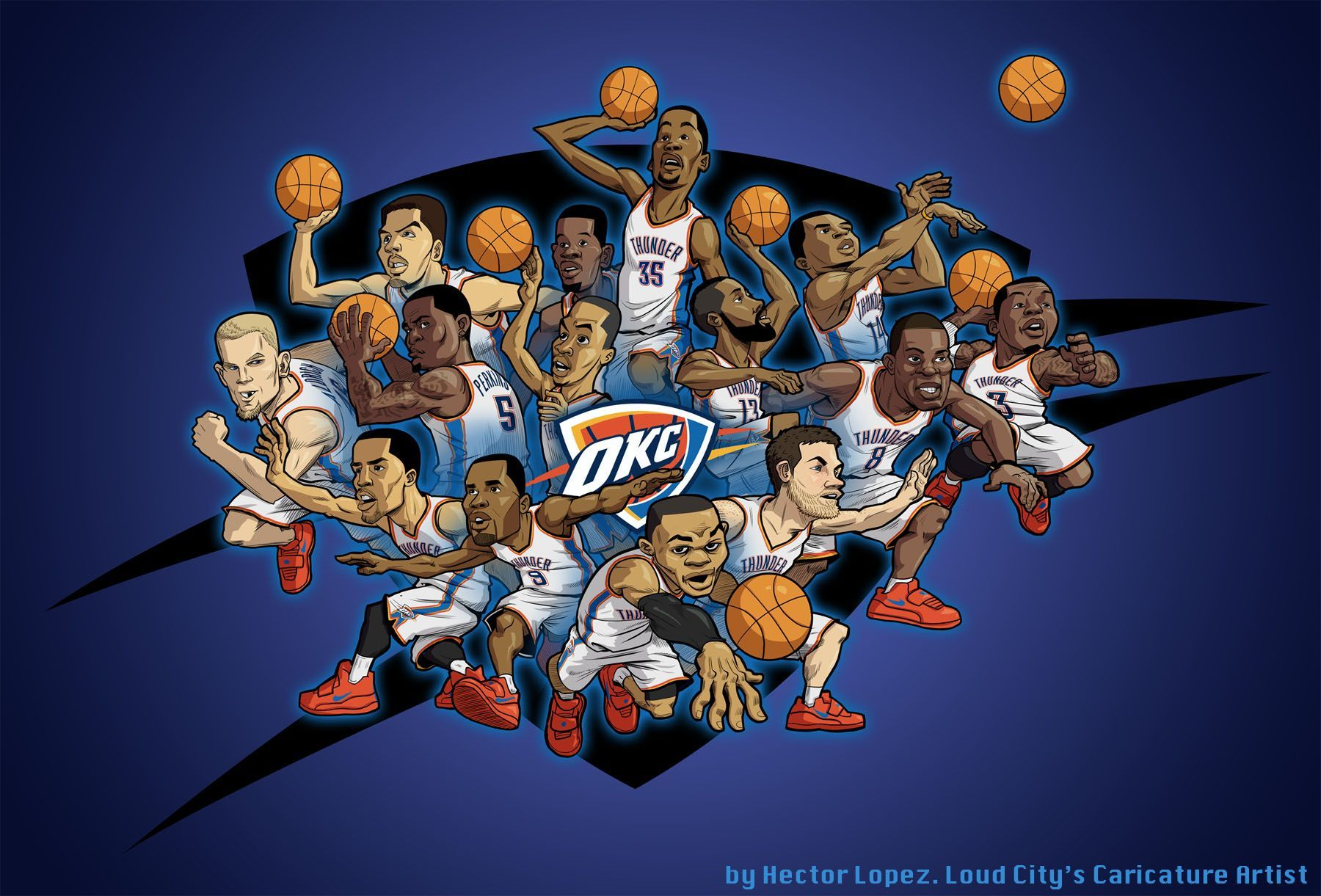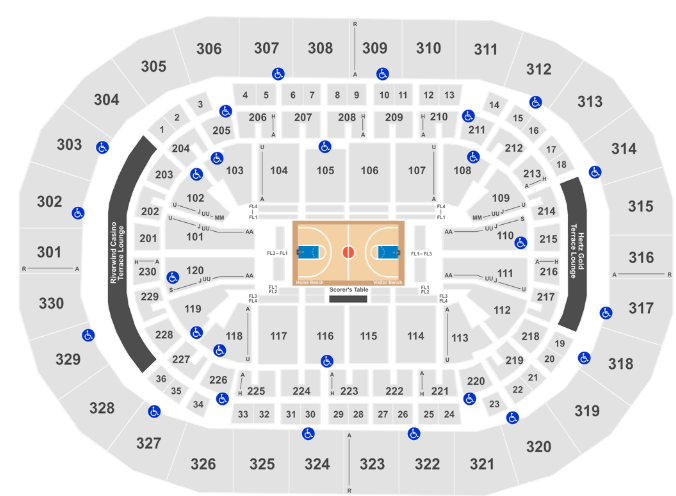
Paycom Center (originally known as the Ford Center from 2002 to 2010, Oklahoma City Arena from 2010 to 2011, and Chesapeake Energy Arena from 2011 to 2021) is an arena located in Downtown Oklahoma City, Oklahoma, United States. It opened in 2002 and since 2008 has served as the home venue for the National Basketball Association (NBA)'s Oklahoma City Thunder. Previously, the arena was home to the Oklahoma City Blazers of the Central Hockey League (CHL) from 2002 until the team folded in July 2009, and the Oklahoma City Yard Dawgz of AF2 from 2004 to 2009 when the team moved to the Prairie Surf Studios. In addition to its use as a sports venue, Paycom Center hosts concerts, family and social events, conventions, ice shows, and civic events. The arena is owned by the city and operated by the SMG property management company and has 18,203 seats in the basketball configuration, 15,152 for hockey, and can seat up to 16,591 for concerts.
From 2005 to 2007, the arena also served as the temporary home for the New Orleans Hornets of the NBA when the Hornets were forced to play games elsewhere following extensive damage to New Orleans Arena and the city of New Orleans from Hurricane Katrina. During the two seasons in Oklahoma City, the team was known as the New Orleans/Oklahoma City Hornets. The response from fans while the Hornets played in Oklahoma City was an impetus to the city being discussed prior to 2008 for the location of a future NBA team, either by relocation or expansion. he location was inconvenient for both Washington and Baltimore residents, and their arena, though only 20 years old, was not up to the standards of other NBA and NHL venues. In December 1993, Abe Pollin, the owner of both teams, began studying options to move the teams to a new arena to be built with public financing, with possible locations including Baltimore, downtown Washington, and Laurel, Maryland.


